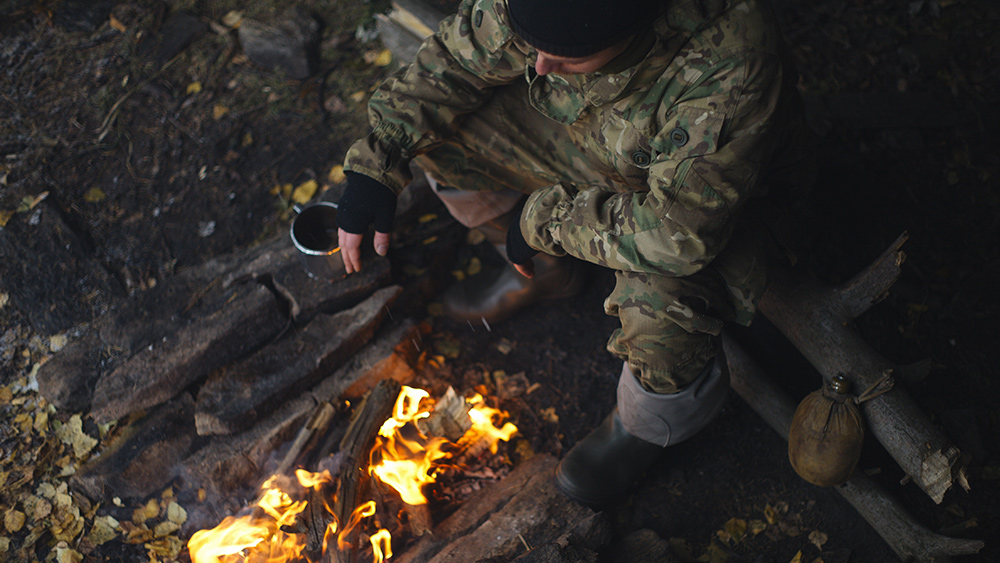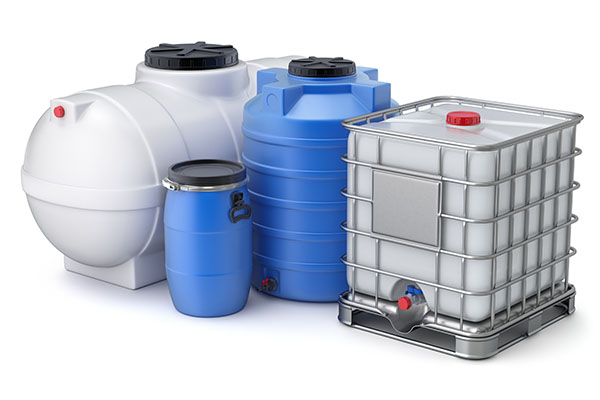
"There are so many plants out here that can do you in or just make you wildly ill," said Bennett. (Related: Six edible plants that will help you survive in the wild.)
The edibility test
Bennett gives a few general characteristics that you need to look out for in order to identify toxic plants from edible ones:
1. White, umbrella-shaped cluster of flowers -- First thing you want to look for is a bundle of little white flowers that makes an "umbrella" shape. According to Bennett, there are two types of plants that resemble this description: The water hemlock (Cicuta virosa), a flowering plant that grows near water and can be six or eight inches tall; and the poison hemlock (Conium maculatum) that grows away from the water and can grow very tall and has large white flowers. Both plants are members of the family Apiaceae, which includes carrots, parsnips, and celery.
Cicuta and Conium are highly toxic; one gram of water hemlock per kilogram of weight can kill a sheep, while 230 grams is enough to kill a horse. In the winter, these plants will not bear flowers and can be easily mistaken for other plants, especially when you pull them out of the ground. These plants have a tuber growing at the end of their stalk that looks and even smells like a carrot or parsnip. Bennett warns that all parts of the hemlock plant are toxic.
2. Waxy leaves -- Another characteristic of a poisonous plant is having waxy leaves, like a holly leaf. The purpose of this covering is to help the plant retain water.
3. Thorns or hairs -- Check the leaves and stems or stalks of a plant for thorns or fine hairs. Stay away from these plants.
4. White, milky sap -- Pop a leaf off the plant and break it open, then squeeze it in between your fingers to see the sap's color. According to Bennett, plants with white, milky saps are often poisonous and inedible. If the plant has a clear sap, it is possible that it is harmless to eat. However, Bennett points out that some plants may have edible leaves but toxic roots, or toxic leaves but harmless tubers.
Even if the sap is clear, Bennett emphasizes that it is important to rub the sap on your skin first and let it sit for about 10 to 20 minutes, to see if there will be any allergic reaction such as itching, redness, burning sensation, swelling, numbing or any type of reaction. Afterwards, put a little bit of the sap on your mouth without swallowing it, and wait for any adverse reactions. If there is any type of negative reaction, spit it out immediately.
If there is no reaction, however, take a teaspoonful of leaves and swallow them. Wait for a full eight hours to see if your body will show negative reactions such as abdominal cramps, nausea, vomiting or diarrhea. If there is no reaction, the plant may be edible and you can eat a cupful of leaves. Bennett advises to wait for another couple of hours for any adverse effect before continuing to eat the leaves. Bennett warns that toxic effects may still manifest depending on the quantity of the plant you ingested.
In addition, Bennett advises exercising caution even with plants that are seemingly safe to eat.
Increase your chances of surviving in the wild by reading more articles at Preparedness.news.
Sources include:
Survivial-Training.WonderHowTo.com
Please contact us for more information.























